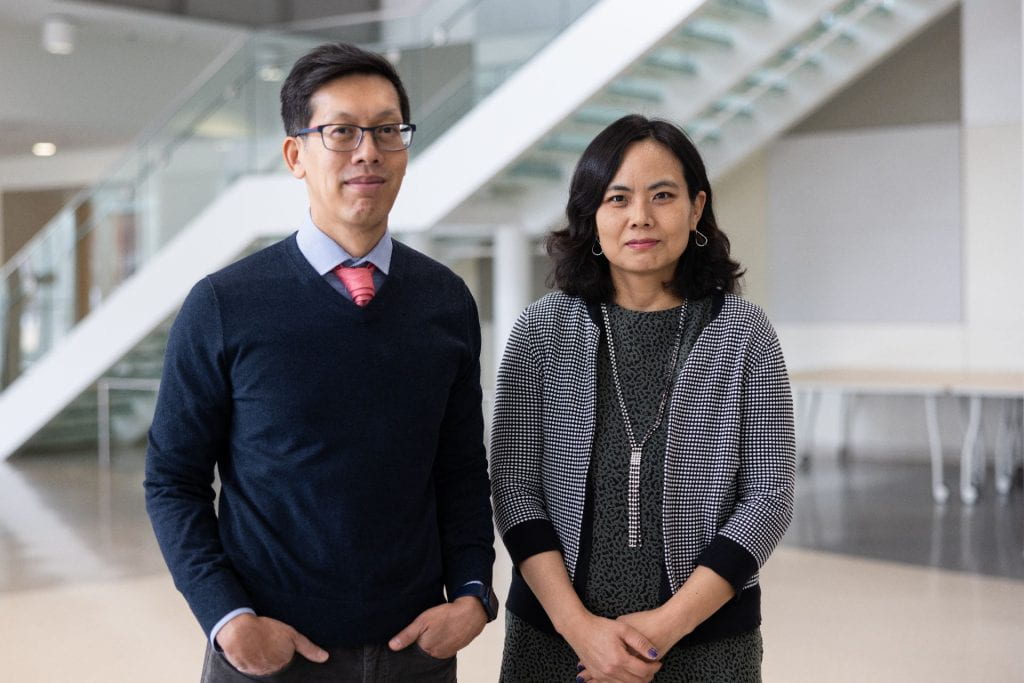
The Center for Research into Novel Computing Hierarchies (CRNCH) spans all disciplines of computing in order to find innovative and new computing hierarchies. We do so by breaking down the traditional barriers between computing’s levels of devices, circuits, architecture, software, and algorithms.
CRNCH is a novel approach to a daunting problem: how to overcome the limits of the technologies we’ve traditionally used to build computing devices, especially in the rapidly approaching post-Moore’s law era. To answer this, we bring together researchers from Georgia Tech’s Colleges of Computing and Engineering, other academic institutions, and industry to exchange ideas across specialties.
CRNCH dates back to 2012 when Tom Conte and Eli Track co-founded the IEEE Rebooting Computing Initiative (RCI). RCI’s goal is to find fundamentally different ways to compute, from the languages and system software down to the individual circuit devices. Here, RCI created the core of like-minded researchers.
Building upon the success of RCI, Conte partnered with Georgia Tech colleagues Professors David Bader, Rich DeMillo, Dick Lipton, and Marilyn Wolf to establish CRNCH in 2015. Conte served as the center’s director while DeMillo and Lipton served as associate directors. In 2018, Professor Vivek Sarkar joined CRNCH’s leadership team as co-director. Today, more than 28 faculty actively participate in CRNCH.
There are many areas that hold promise to power the next computing revolution. At CRNCH, we investigate a wide variety of these areas, as it’s likely that all of them will yield benefits in the years ahead. Research areas of CRNCH include: quantum and cryogenic computing, neuromorphic computing, approximate and stochastic computing, and design sciences.
One cornerstone of CRNCH is the CRNCH Rogues Gallery, a collection of experimental hardware that we test, port software to, and give feedback to vendors. Under the guiding hand of Jeff Young, the Rogues Gallery is focused on developing our understanding of next-generation hardware with a focus on unorthodox and uncommon technologies. By exposing students and researchers to this set of unique hardware, we hope to foster cross-cutting discussions about hardware designs that will drive future performance improvements in computing long after the Moore’s law era of “cheap transistors” ends.
We look forward to an exciting future for CRNCH as it realizes our vision for computing in the post-Moore era.
